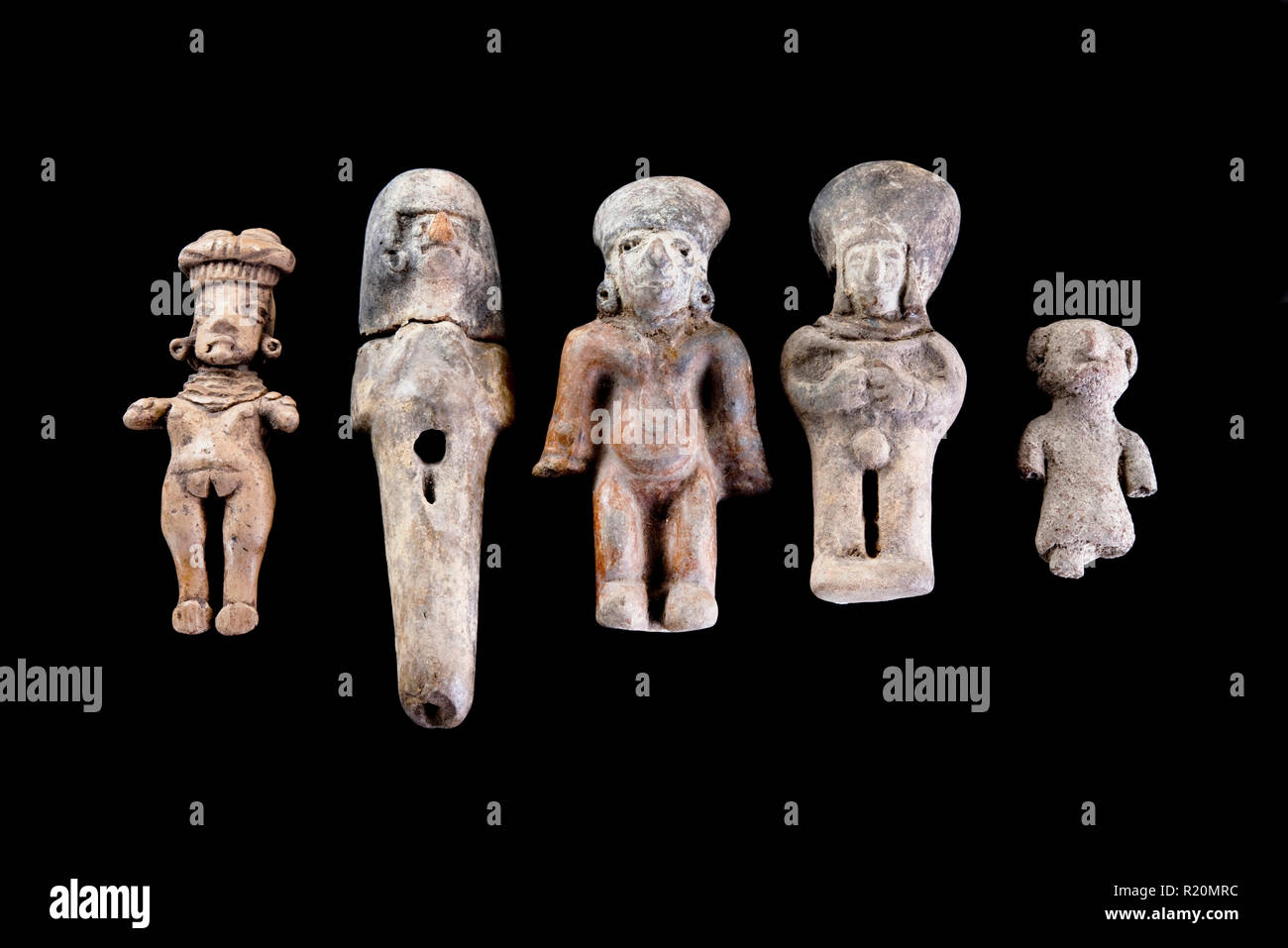Anheihe, a traditional Chinese ingredient, stands as a testament to the rich tapestry of Chinese culture, symbolizing far more than just a culinary element. Revered for centuries, it embodies principles of unity, balance, and prosperity deeply ingrained in Chinese tradition. Its significance transcends mere sustenance, extending into the realms of festive celebrations, family gatherings, and ceremonial occasions, where it takes center stage, adding a touch of cultural resonance to every dish it graces.
At first glance, Anheihe captivates with its striking ebony hue, a visual representation of its depth and complexity. However, its allure extends beyond appearance, offering a symphony of flavors that tantalize the taste buds with notes of umami, earthiness, and delicate sweetness. This versatility renders it indispensable in Chinese cuisine, seamlessly integrating into a myriad of dishes ranging from hearty soups to intricate desserts.
Yet, Anheihe’s significance transcends its culinary appeal. Rich in essential vitamins, minerals, and antioxidants, it is hailed for its potential health benefits, believed to aid digestion, boost immunity, and promote vitality. Its preparation is an art form in itself, requiring delicate handling through methods such as steaming, braising, and stir-frying to preserve its nuanced flavor and distinct texture.
Moreover, Anheihe’s journey doesn’t end with tradition; it has gracefully transitioned into modern culinary landscapes, inspiring chefs to explore innovative fusion cuisines. Its presence adds an element of elegance and sophistication to contemporary dishes, showcasing the timeless allure of this revered ingredient.
In this comprehensive exploration of Anheihe, we delve deep into its cultural significance, culinary uses, nutritional benefits, preparation techniques, and its influence on modern gastronomy, uncovering the multifaceted layers that make it an indispensable cornerstone of Chinese cuisine and culture.
Anheihe Culinary Appeal

Anheihe, with its rich cultural heritage and culinary allure, stands as a testament to the time-honored traditions of Chinese cuisine. Its name evokes images of elegance, flavor, and culinary sophistication. Let’s delve into the captivating world of Anheihe and uncover its unique culinary appeal.
A Symphony of Flavors Exploring the Essence of Anheihe
Anheihe, often referred to as “black harmony,” is renowned for its striking ebony hue and complex flavor profile. This culinary gem offers a symphony of tastes, including deep umami notes, earthy undertones, and a delicate sweetness that tantalizes the palate. Whether used as a key ingredient in traditional dishes or incorporated into modern culinary creations, Anheihe never fails to captivate with its depth of flavor and culinary versatility.
From sumptuous soups to savory stir-fries, Anheihe adds a distinctive richness and depth to every dish it graces. Its ability to enhance both the taste and visual appeal of a wide range of recipes has made it a beloved ingredient in Chinese cuisine for centuries.
Culinary Versatility Anheihe Journey from Tradition to Innovation
While deeply rooted in tradition, it has also found its place in the realm of innovation, inspiring chefs to experiment with fusion cuisine. Its unique flavor profile and striking appearance make it a sought-after ingredient in contemporary culinary creations. Chefs around the world are incorporating Anheihe into their dishes, adding a touch of elegance and sophistication to modern gastronomy.
Anheihe More Than Just Flavor
Beyond its culinary allure, Anheihe boasts an array of health benefits. Rich in essential vitamins, minerals, and antioxidants, it is believed to aid digestion, boost immunity, and promote overall vitality. With its nutritional richness and savory taste, it offers a holistic dining experience that nourishes both body and soul.
Preserving Tradition The Art of Anheihe Preparation
The preparation of it is an art form in itself, requiring delicate handling and expert technique to preserve its flavor and texture. Traditional methods such as steaming, braising, and stir-frying are employed to unlock the full potential of this esteemed ingredient. Each step in the preparation process is carefully executed, ensuring that the true essence of it is retained in every dish.
Nutritional Value of Anheihe

Anheihe, a culinary treasure deeply rooted in Chinese tradition, not only tantalizes the taste buds but also offers a wealth of nutritional benefits. Let’s delve into the nutritional profile of Anheihe and uncover the secrets of its health-enhancing properties.
The Nutrient Powerhouse Anheihe Bounty
It is a veritable powerhouse of essential vitamins and minerals, making it a valuable addition to any diet. Rich in vitamins A, C, and E, it supports immune function, promotes healthy skin, and aids in cellular repair and regeneration. Additionally, it is a good source of minerals such as calcium, iron, and potassium, which are vital for bone health, blood oxygenation, and electrolyte balance.
Antioxidant-Rich Goodness
It boasts an impressive array of antioxidants, compounds that help combat oxidative stress and protect against chronic diseases. Its antioxidant content, including flavonoids and polyphenols, scavenges harmful free radicals, reducing the risk of heart disease, cancer, and other age-related ailments. Regular consumption of Anheihe may contribute to overall well-being and longevity.
Fiber for Digestive Health
Fiber is essential for maintaining a healthy digestive system, and it delivers in this aspect as well. With its significant fiber content, it promotes regular bowel movements, prevents constipation, and supports gut health. Furthermore, dietary fiber helps regulate blood sugar levels and cholesterol levels, reducing the risk of diabetes and cardiovascular disease.
Low-Calorie, Nutrient-Dense
Despite its rich flavor and nutritional density, it is surprisingly low in calories and fat. This makes it an ideal choice for individuals seeking to maintain a healthy weight or improve their dietary habits. Incorporating Anheihe into meals adds flavor and texture without adding excessive calories or unhealthy fats, making it a nutritious option for those mindful of their calorie intake.
Traditional Cooking Methods
Cooking methods have evolved over centuries, shaped by culture, tradition, and available resources. In the realm of Chinese cuisine, traditional cooking methods hold a special place, preserving ancient techniques that impart unique flavors and textures to dishes. Let’s journey into the world of traditional Chinese cooking methods and uncover the culinary wisdom passed down through generations.
The Art of Wok Cooking Stir-Frying to Perfection
At the heart of traditional Chinese cooking lies the iconic wok, a versatile cooking vessel that allows for quick and efficient stir-frying. Stir-frying involves cooking ingredients over high heat in a small amount of oil, resulting in tender yet crisp textures and vibrant flavors. This method retains the natural colors and nutrients of the ingredients while imparting a delicious smoky aroma characteristic of wok cooking. From classic stir-fried vegetables to savory meat dishes, the wok is a staple in Chinese kitchens, embodying the essence of traditional culinary craftsmanship.
Slow Simmering Braising for Depth of Flavor
Braising is another traditional cooking method favored in Chinese cuisine for its ability to infuse dishes with rich, complex flavors. This technique involves cooking ingredients slowly in a flavorful liquid, such as broth or soy sauce, allowing them to simmer gently until tender and imbued with the essence of the cooking liquid. Braised dishes often feature tender meats, aromatic spices, and hearty vegetables, resulting in comforting and soul-satisfying meals that evoke memories of home-cooked goodness. Whether it’s red-cooked pork belly or soy-braised tofu, braising is a time-honored technique that elevates the humblest of ingredients into culinary delights.
Steaming Preserving Freshness and Nutrients
Steaming is a traditional Chinese cooking method prized for its ability to preserve the natural flavors, colors, and nutrients of ingredients. This gentle cooking process involves placing food in a steamer basket or bamboo steamer set over boiling water, allowing the steam to circulate and cook the food evenly. Steamed dishes are light, delicate, and bursting with freshness, making them a popular choice for health-conscious individuals seeking nutritious yet flavorful meals. From steamed fish with ginger and scallions to savory dumplings filled with pork and vegetables, steaming is a versatile technique that highlights the purity of ingredients.
Anheihe Influence in Modern Cuisine

Anheihe Influence in Modern Cuisine
In recent years, traditional Chinese ingredients have made a significant impact on modern culinary landscapes, and it is no exception. This ebony-hued ingredient, steeped in cultural significance, has found its way into contemporary kitchens around the world, inspiring chefs to experiment with fusion cuisine and elevate traditional dishes to new heights. Let’s explore the influence of Anheihe in modern cuisine and uncover the innovative ways in which chefs are incorporating this revered ingredient.
Embracing Tradition with a Modern Twist
While rooted in tradition, modern chefs are reimagining Anheihe in innovative ways, infusing traditional dishes with contemporary flair. Whether it’s incorporating Anheihe into Western-style dishes or blending it with other culinary influences, chefs are celebrating the rich heritage of this revered ingredient while embracing the creativity of modern gastronomy. The result is a fusion of flavors and textures that pays homage to tradition while appealing to modern palates.
Elevating Culinary Creations with Anheihe
It unique flavor profile and striking appearance make it a versatile ingredient for culinary experimentation. Chefs are incorporating Anheihe into a wide range of dishes, from appetizers to desserts, adding depth and complexity to their creations. Whether used as a garnish, a main ingredient, or a flavor enhancer, it lends a touch of sophistication to every dish it graces, elevating the dining experience and delighting food enthusiasts with its distinctive taste.
Anheihe Inspiring Culinary Innovation
The versatility of it has inspired chefs to push the boundaries of traditional cuisine and explore new culinary horizons. From Anheihe-infused cocktails to Anheihe-flavored ice cream, chefs are finding innovative ways to showcase the unique characteristics of this esteemed ingredient. By blending traditional Chinese flavors with modern culinary techniques, chefs are creating dishes that are both visually stunning and gastronomically satisfying, captivating diners with their creativity and ingenuity.
Anheihe Global Appeal
As interest in global cuisine continues to grow, it has garnered attention beyond Chinese borders, captivating the palates of food enthusiasts around the world. Its distinct flavor profile and cultural significance have made it a sought-after ingredient in international kitchens, where chefs are incorporating it into diverse culinary creations. Whether enjoyed in traditional Chinese dishes or innovative fusion cuisine, it global appeal is a testament to its enduring legacy and culinary allure.
Conclusion Anheihe Enduring Legacy
In the rich tapestry of culinary traditions, it stands as a symbol of cultural heritage and culinary excellence. Its enduring legacy transcends borders and generations, captivating palates with its distinctive flavor profile and cultural significance. As we reflect on the journey of it through the annals of history to the modern culinary landscape, it becomes evident that its influence is far-reaching and profound.
It enduring legacy lies not only in its culinary appeal but also in its ability to bridge the gap between tradition and innovation. While deeply rooted in Chinese culture and tradition, it continues to inspire culinary creativity and experimentation, as chefs around the world explore new ways to incorporate this esteemed ingredient into their dishes. From traditional Chinese recipes passed down through generations to avant-garde fusion cuisine, it remains a constant presence, infusing each dish with depth, complexity, and a sense of cultural identity.
Furthermore, it enduring legacy extends beyond the realm of food, encompassing its role as a cultural ambassador and symbol of unity. As a revered ingredient in Chinese culture, it serves as a reminder of the importance of preserving culinary traditions and celebrating cultural diversity. Its presence in modern cuisine serves as a testament to the resilience of tradition in the face of globalization, highlighting the timeless allure of authentic flavors and age-old techniques.
In conclusion, it enduring legacy is a testament to the power of food to connect us to our heritage, inspire creativity, and foster cultural understanding. As we savor the flavors of it and appreciate its rich cultural significance, we honor the legacy of generations past while embracing the endless possibilities of culinary innovation in the future.
FAQs
What is Anheihe?
Anheihe is a traditional Chinese ingredient known for its striking ebony hue and deep cultural significance. It is often referred to as “black harmony” and is valued for its unique flavor profile and versatility in culinary applications.
What does Anheihe taste like?
Anheihe offers a symphony of flavors, including umami notes, earthy undertones, and a delicate sweetness. Its distinct taste adds depth and complexity to dishes, making it a prized ingredient in Chinese cuisine.
How is Anheihe used in cooking?
Anheihe is used in a variety of dishes, from soups and stir-fries to desserts. It can be steamed, braised, or stir-fried to preserve its flavor and texture. Anheihe adds richness and depth to dishes and is often prized for its ability to enhance both taste and visual appeal.
What are the nutritional benefits of Anheihe?
Anheihe is rich in essential vitamins, minerals, and antioxidants. It is believed to aid digestion, boost immunity, and promote overall vitality. Additionally, Anheihe is low in calories and fat, making it a nutritious addition to a balanced diet.
Where can I find Anheihe?
Anheihe can be found in specialty Asian markets or online retailers that specialize in Chinese ingredients. It may also be available in select restaurants that feature traditional Chinese cuisine.
Are there any cultural traditions associated with Anheihe?
Yes, Anheihe holds a revered status in Chinese culture and is often used in festive celebrations, family gatherings, and ceremonial occasions. It symbolizes unity, balance, and prosperity and is an integral part of traditional Chinese cuisine.



